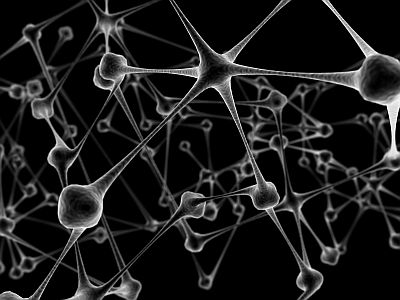'Randomness machine' that even people who could not do various concentration methods may be able to do their jobs happily

There are many things I have to do, such as studying, working, and doing household chores, but sometimes I just put off. Software developer Arne Jenssen is also a type of 'procrastination', and it was useless to try multiple concentration methods, but it seems that the ' randomness machine ' has made it possible to concentrate on work. is.
Could a Randomness Machine Help You Fight Procrastination? | EXCELERITY

One of the techniques known as a method to improve concentration is called '
I also tried 'media fasting', which is a variant of 'fasting', but I thought about excuses to break the fasting, and this didn't work either.
The reason why this happens is that while the benefits of doing work, study, and housework cannot be obtained immediately, SNS etc. respond with 'I saw my post' and 'I liked it'. It is a point. The reaction leads to the release of dopamine , which activates the reward system of the brain and provides pleasure. In this case, dopamine release is due to rewards, but past studies with mice have shown that dopamine is released even if the rewards are random. In other words, it can be said that there is a desire for randomness.
Jenssen devised a 'randomness machine' to benefit from this 'desire for randomness'. It's named like a machine, but it's just a large piece of paper in a large glass jar. Rewards for yourself such as 'Facebook', 'Linked In', 'Twitter', 'YouTube', 'Push-ups', 'Local News', 'National News', 'Tech News', 'Close Browser Tab', 'Brainstorming', etc. It is written.
This is the machine actually released by Jenssen.

The usage is similar to the 'Pomodoro technique', and it repeats concentration and breaks for a short time of about 25 minutes, but at the time of breaks, a piece of paper is randomly drawn from the machine to get the reward. In the case of Jenssen, he wanted to check Facebook about four times a day, so he said that he increased the number of pieces of paper with 'Facebook' to four. However, when I pulled it, I closed my eyes and did not cheat.
As a result, the machine worked well and Jenssen was able to write an article about this machine.
According to Jenssen, the rarity of 'one reward per break' enhances the value of the reward, and creating a lot of reward candidates increases the randomness and brings more excitement. It seems that they will do it.
In addition, Jenssen noticed that 'there is no need for so much reward (= distraction) during the day', and upgraded the mechanism a few days later. I changed the time slot (2 hours) for the first 8 of the day to do programming work, and during that time I did not use the randomness machine and rolled 6-sided dice. The eyes of the dice are 'stretch', 'yoga pose', 'foam roller', 'thinking time', 'Facebook', 'choose from randomness machine', and like stretch and foam roller, 'more things to do' and distraction. Is a mix. After 8 time slots, use the Randomness Machine as before.

With the upgrade, I'm in a state of 'keeping randomness and not distracting', and while I have more breaks, I think I've been able to get back to work faster and have less procrastination. Jenssen spells out.
According to Jenssen, just as Steve Jobs once wore 'black turtleneck and jeans' to avoid having to worry about clothes, it's a little bit like 'what a distraction'. It is better to leave the decision to the system.
Of course, Jenssen says that sometimes he gets a different reward than he expected and is disappointed, but he recalls, 'I thought it was necessary when I made this candidate,' and I am trying to enjoy it. It is about.
Related Posts:
in Note, Posted by logc_nt







